Can Genius Hour Help Improve the World?
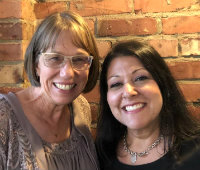 By Denise Krebs and Gallit Zvi
By Denise Krebs and Gallit Zvi
“You are a genius, and the world needs your contribution,” says Angela Maiers. You might be thinking, “Me? The world needs me?”
When Denise began her journey as a connected educator some years ago, one of the early ways she contributed was by adding photos to her Flickr photostream. Other people used the photos for blog posts, calendars, even as cover art for a campy vampire book. Sometimes she added quotes about learning and change and shared them with other teachers.
This simple act of contributing, like so many other acts that people do every day, improve the world. It makes the world smaller, more friendly and collaborative. It adds good content to the Internet, making it an even better place.
In Genius Hour (at school and at home) students give art to the world, share recipes, create websites, teach a craft, make music and produce films. When students create and produce, and then share their learning beyond the classroom walls, it contributes to the good of the world. Genius Hour helps us become producers and makers, not just consumers.
In their newfound empowerment, students and classes will begin to take on bigger challenges. They will start to answer the questions Angela Maiers (@AngelaMaiers) asks of our geniuses: “What breaks your heart about the world?” “How will you act on it?”
How Denise Challenged Her Students to Make a Difference
One year, Denise was having a difficult time getting students to “Scale up Genius Hour.” She had given plenty of pep talks, but she didn’t feel the Genius Hour projects were reaching the potential her students had. However, one spring day, unintentionally, students accepted the challenge to take action. It was in using the KWHLAQ chart described in Chapter 3 of Genius Hour Guidebook (see the chart below), that students got thinking about how they could make a difference.
Denise wrote about her experience in a blog post:
Such a Simple Question: What Action Will I Take?
Last night during our Genius Hour Twitter chat and book study of Angela Maiers and Amy Sanvold’s The Passion-Driven Classroom, I was inspired by passionate educators who inspire passion in their students. I wondered how to help young teens harness their energetic spirit and begin to use it to make the world a better place.
How do I inspire them to act? Could they ever be ready for Angela’s questions?
Well, little did I know that I would come to school today, and they would be thinking the same thing I was. How did that happen?
I do have an idea about what inspired them, and it’s very simple. And unrelated to my pep talks.
In science, they were working on a researcher’s workshop project on something related to genetics, DNA or heredity. After watching a recent video interview with Paul Solarz, I had decided to try the KWHLAQ [Figure 7.1] he had learned about from Silvia Rosenthal Tolisano on her Langwitches.com site. (Awesome resources coming from these great connections!)
Well, when they got to the “A” column—“What action will I take?”— they took the chart seriously. They didn’t even ask me questions about it. They just started brainstorming. Five of them had chosen to study some aspect of Down syndrome, and they were working on the same Google Document. I started hearing things like, “Let’s go on a Buddy Walk,” “Let’s have a car wash and raise money for GiGi’s Playhouse” and “Let’s play games with the residents at Hope Haven.”
They didn’t stop with Down syndrome. They continued their conversation the next period in study hall and came up with this list [Figure 7.2]. They said we can do some of the list next year. (Thank goodness, since school is out for summer in three weeks!)
When I met up with them again, they had shared the Google Doc with me, talked to our principal, emailed a principal at a sister school to see if their seventh graders could join in, emailed the manager at a grocery store to see if we can have a car wash, contacted GiGi’s Playhouse, and . . . who knows what else!
I loved the conversation I heard: “Can we keep working on this sixth period?”, “How about tomorrow? We can work on it in Genius Hour, right?” Yes, Yes and Yes!
Here I was trying to inspire this kind of action all year. If I would have known, I would have tried the upgraded KWL chart months ago!
I love my genius students! And my genius PLN! And, yes, I think they will be ready!
Ways to Help Students Take on Bigger Issues and Affect Change
The questions “What breaks your heart about the world?” and “How will you act on it?” have children answer the call to make a difference in the lives of people within our world—modern enslavement, illiteracy, poverty, cancer, racism and homelessness, just to start.
Get your students thinking about those questions by leading them through “heartbreak” mapping. In Angela Maier’s article, “Forget Following Your Heart, Follow Your HeartBreak,” teacher Karen McMillan suggests having children and youth brainstorm on three tiers to map their hearts and heartbreaks—in the center, what are you passionate about?; on the second tier, what breaks your heart about those things?; and finally, on the outside, what are ideas to ease those heartbreaks?
Oliver Schinkten (@schink10) taught middle school science with a transformational mindset for 12 years. He called his classroom hybrid of passion-based instruction and Genius Hour “compassion based learning.” He described it as “empowering students to make a positive contribution to the community through their passion.”
As Angela also says, “Kids don’t want to be needy, they want to be needed.” They want to make a difference. In fact, children are our role models in standing up against injustice . . . if we would just let them. Students will lead adults as they work for the benefit of others with their engagement and energy.
Transforming Our Teaching
During Genius Hour, students become collaborators and creative, problem-solving thinkers. The ones who will create their own jobs. The people our world needs.
And once this starts to happen during Genius Hour, we know that it will start to spill into the rest of your week. Genius Hour is not an end in itself. We do not recommend teachers stop here, but only start here. For some teacher-centered educators, Genius Hour may be the first baby step in a transformation of what school can be for their students. For others, it is just another step on the journey they have already begun as lifelong learning, connected educators.
When we began Genius Hour, it wasn’t as a way to make up for the rest of the “boring, teacher-centered” week. Our pedagogical visions were already starting to evolve and we were looking for ways to grow. Genius Hour was a part of the journey, not the entire thing. We think Genius Hour makes an excellent starting point if you are just beginning this journey or an excellent addition to your voyage if you have already begun to transform your teaching.
Education isn’t about what the teacher does; it’s about what the child learns. Learning happens in every subject area when students are given autonomy, have purpose and are given time to master learning. They need time to create and produce. These opportunities need to find their way into 100% of the time we are with our students.
Children want to be needed. They need to be trusted to learn and to improve the world. Genius Hour gives them that opportunity and, before you know it, that passion and compassion will start to flow into all aspects of school…and out into the world beyond school.
Adapted from the Genius Hour Guidebook, 2nd Edition, Chapter 7, “What Can We Do to Improve the World?” (Routledge, 2020).
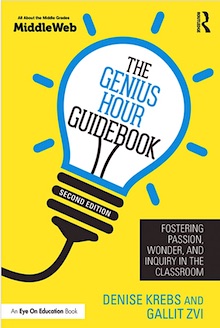
They are the authors of The Genius Hour Guidebook, a joint publication of MiddleWeb and Routledge/Eye On Education. There’s now a Second Edition with new chapters and updated resources. Purchase at the Routledge website and receive a 20% discount with the code MWEB1.

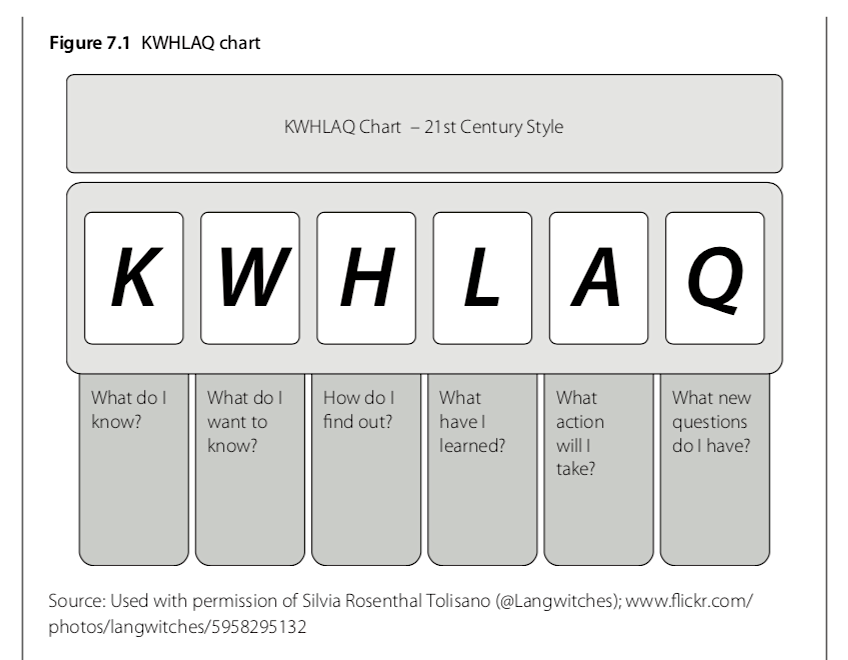
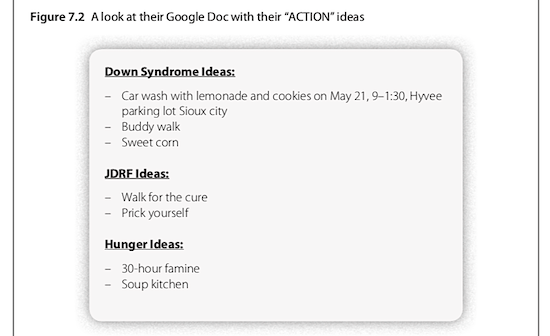
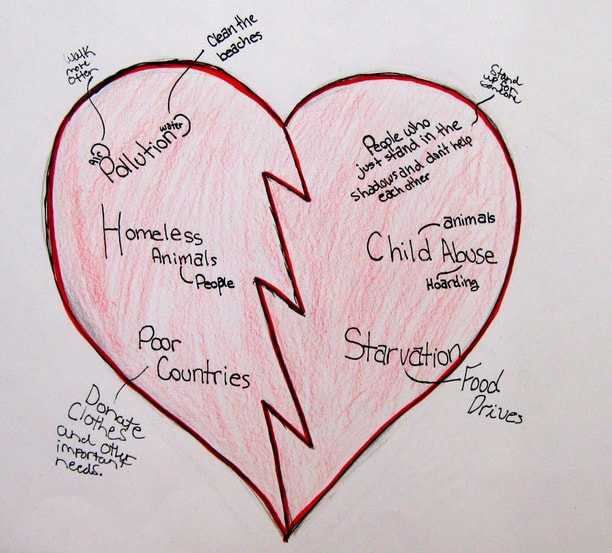


































Great article. Very thought-provoking. Reminds me a great deal of iEARN (International Education and Resource Network), in which young people (aged 5-19) engage in online global and collaborative project-based learning. All teacher and student-designed collaborative projects are shaped around how the world will be a better place as a result of the project. See http://iearn.org and http://us.iearn.org